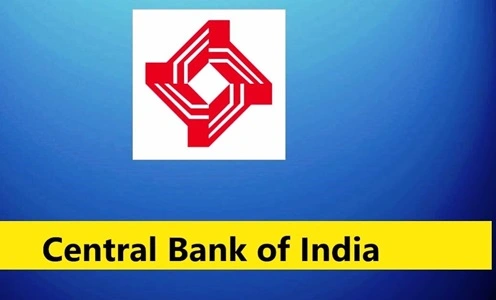Nifty Bank is a sectoral index that tracks the 12 large Indian banking stocks traded on the NSE (National Stock Exchange). The Nifty Bank share price has hiked a lot in the last few years, generating 65.46% returns for investors.
In this article, we’ll understand how the Nifty Bank has changed India’s stock market landscape and its main features.
Nifty Bank: Features and Constituents
Nifty Bank reflects the health of Indian banking companies and helps in analyzing how the overall sector is performing. This banking sectoral index was launched on 15th September 2003. The Nifty Bank share price changes on a real-time basis like any other stock.
Here are the main features and constituents of this index:
1. Top Banking Stocks
The Nifty Bank index provides a bunch of top banking stocks that traders and investors can pick out directly and earn profits from the growth in the banking sector. Some of the constituents of this index are HDFC Bank, ICICI Bank, Kotak Mahindra Bank, Axis Bank, and State Bank of India.
2. High Trading Frequency
The criteria for adding the stocks to this index is that in the last six months, the particular stock should be traded a minimum of 90% of all trading days.
Also, the stocks are added to this index on the basis of their free-float market capitalization which means it considers only the values of shares that are traded publicly. Overall, the index provides high liquidity.
3. Benchmark Index
This index is used as a benchmark for mutual funds, index funds, ETFs and exchange-traded derivatives based on the banking sector.
Investors can get an idea of the performance of these instruments by comparing it with Nifty Bank’s performance over a period. This helps them make an informed decision about the performance of their funds against the overall market performance.
4. Weightage and Rebalancing
The weightage of each stock in an index is capped at 33% which means that no stock holds substantial power and cannot reflect the biased Nifty Bank share price. Also, the index is rebalanced twice a year to ensure that it reflects the existing market condition and is not outdated.
In addition to that, the top 3 stocks together cannot form beyond 62% of the total weightage when the index is rebalanced. This reduces the concentration on selected stocks and spreads the risk of overall investments, benefiting investors without any bias.
Conclusion
Nifty Bank has been part of the Indian stock market since 2003 and helps investors pick and invest in the top banking stocks. Bank Nifty stocks have a high trading frequency and are part of the F&O segment. This index is also used as a benchmark and has relevant weightage and rebalancing rules.
Anantha Nageswaran is the chief editor and writer at TheBusinessBlaze.com. He specialises in business, finance, insurance, loan investment topics. With a strong background in business-finance and a passion for demystifying complex concepts, Anantha brings a unique perspective to his writing.



